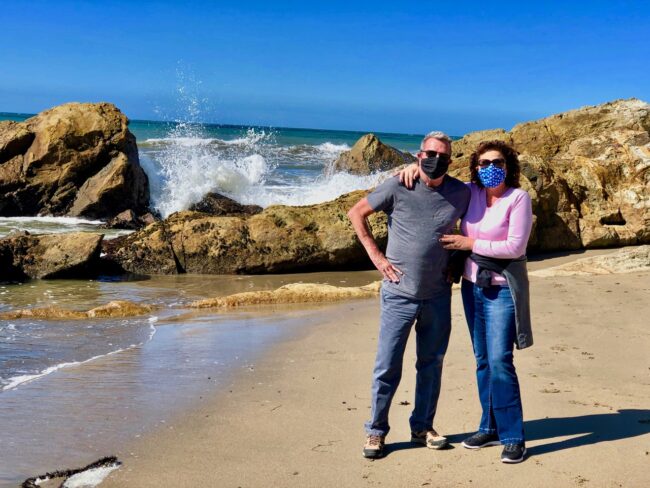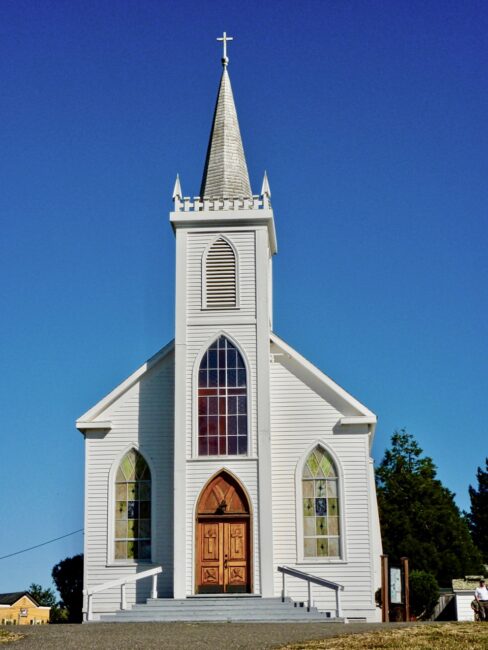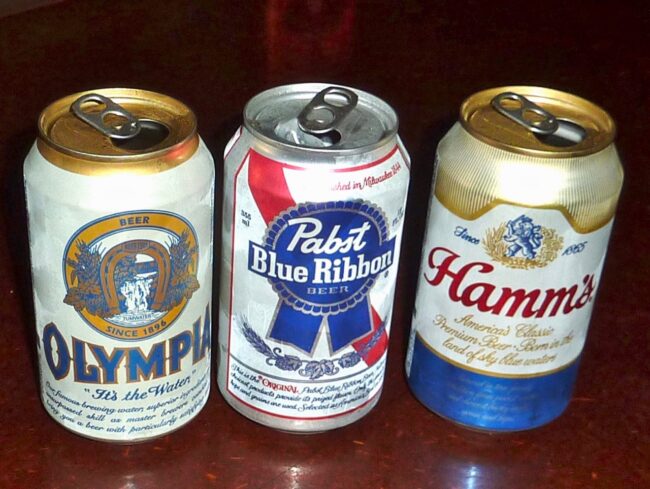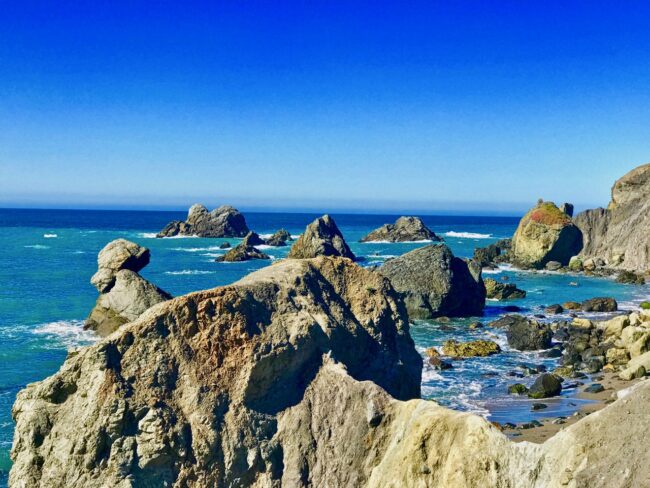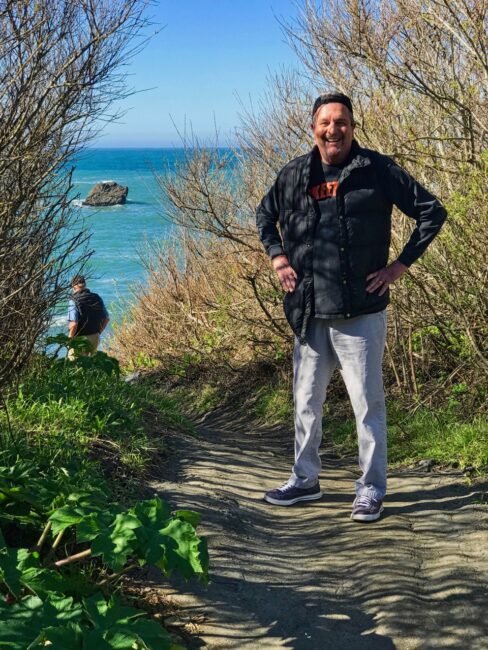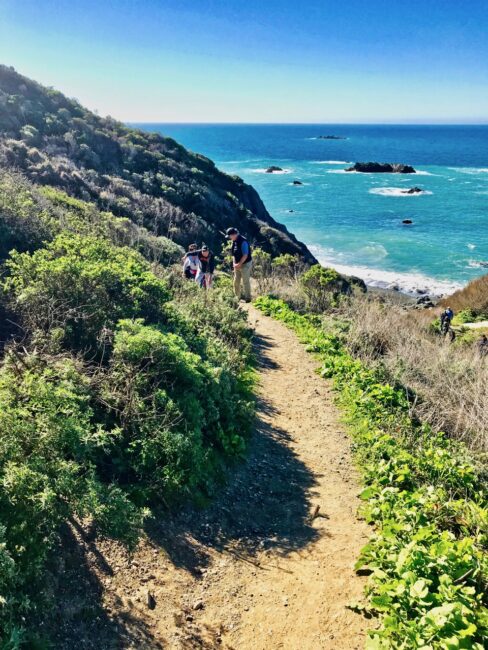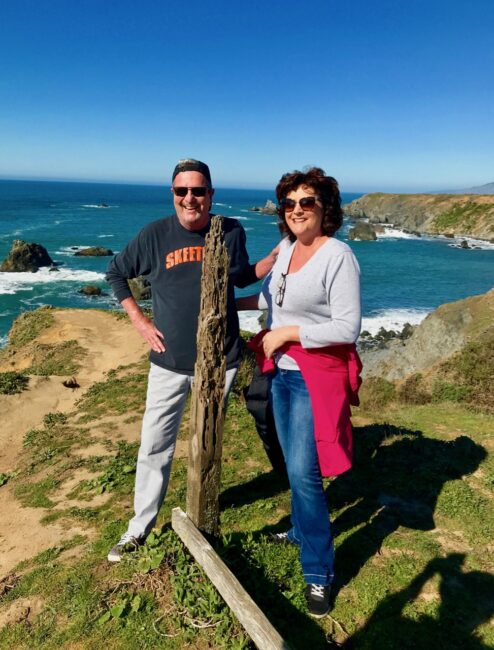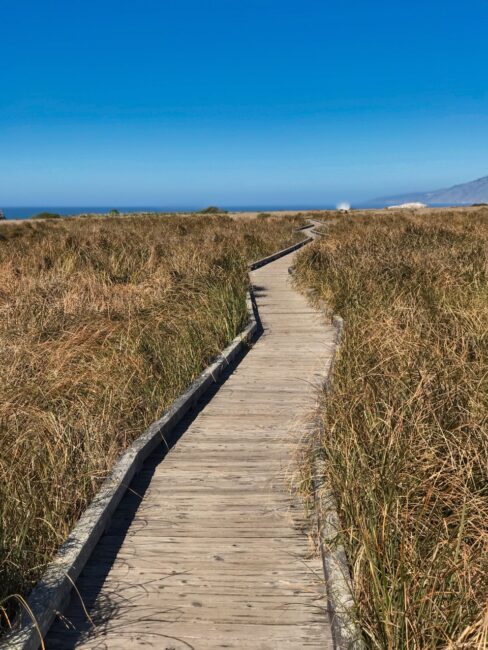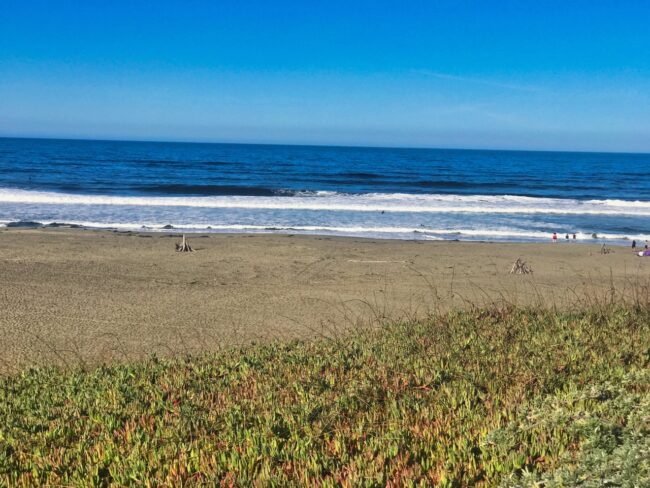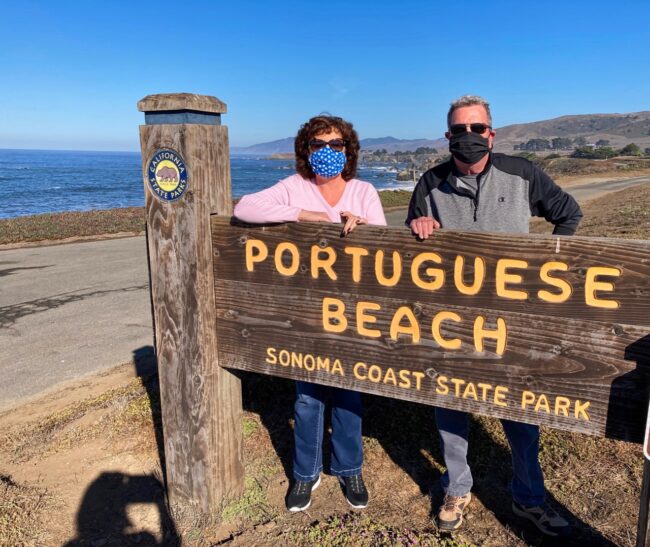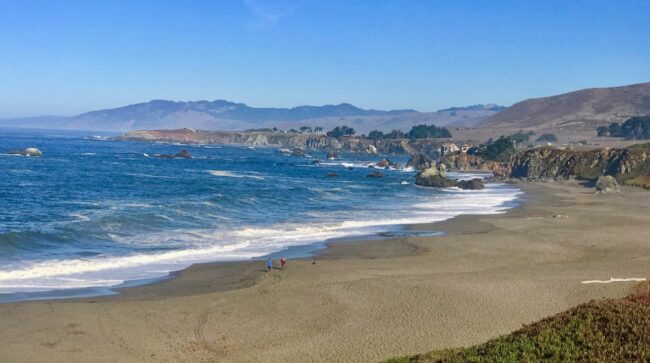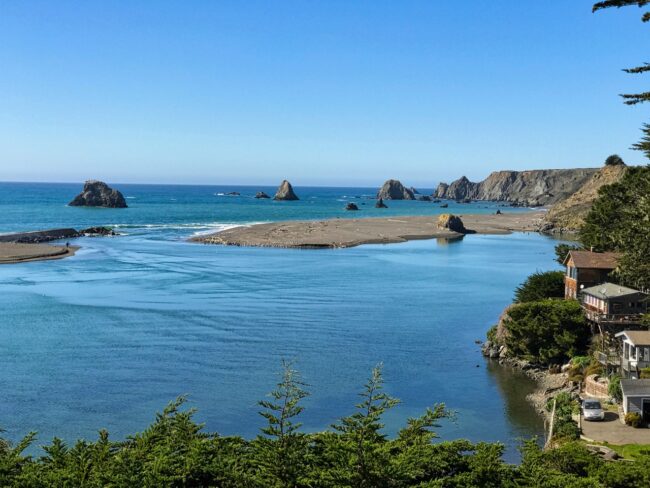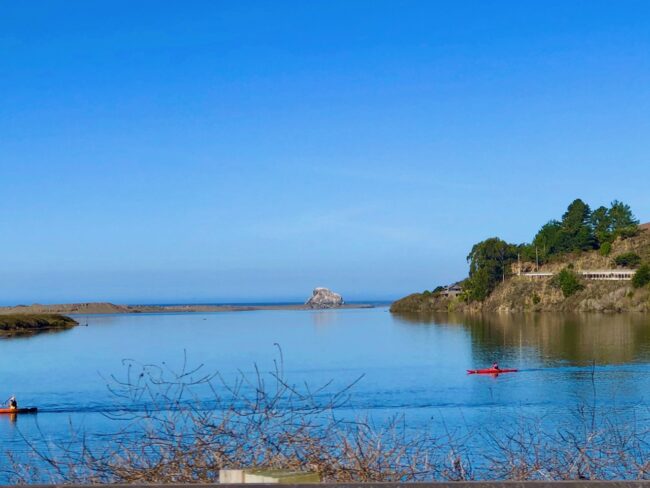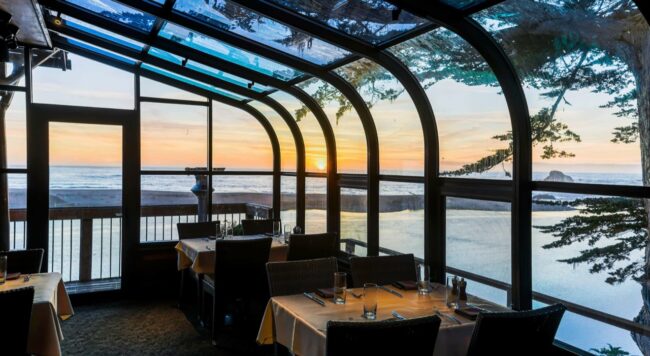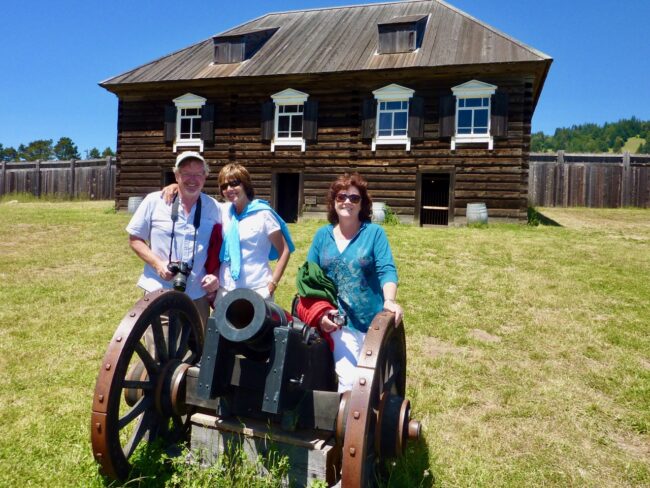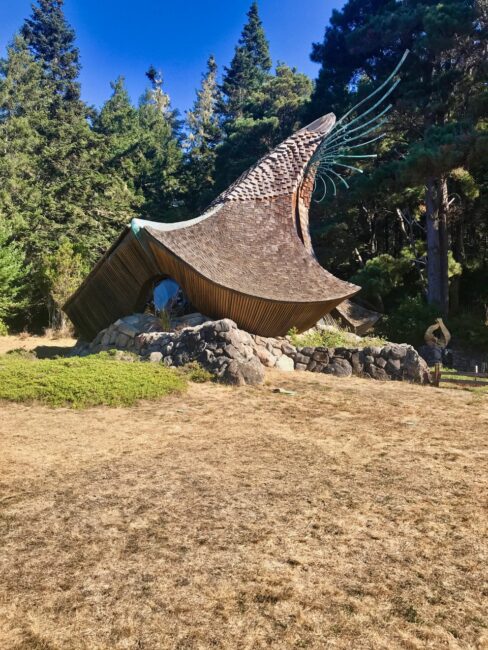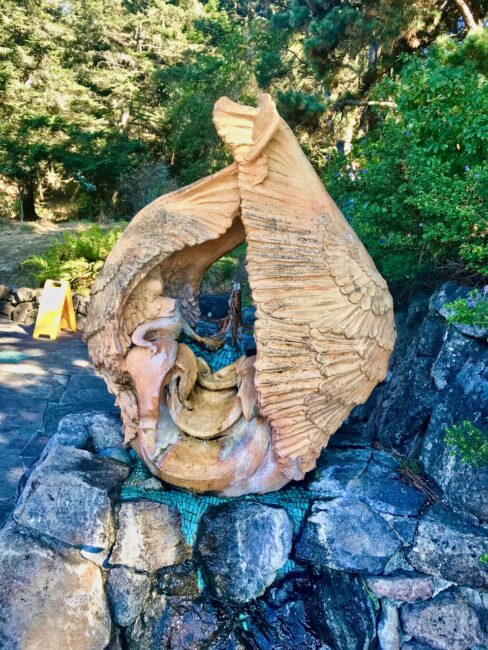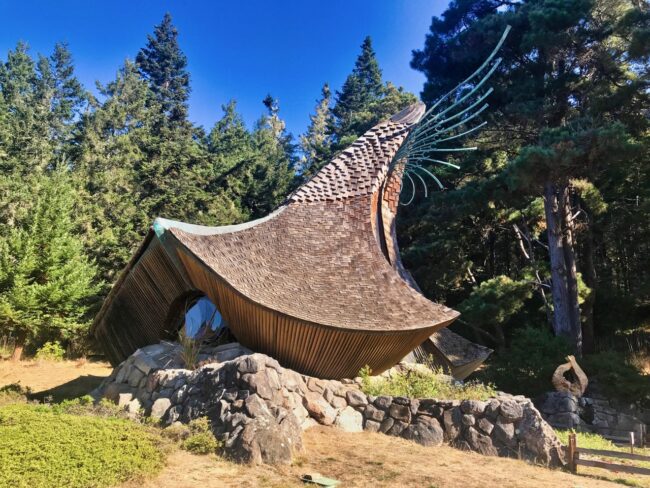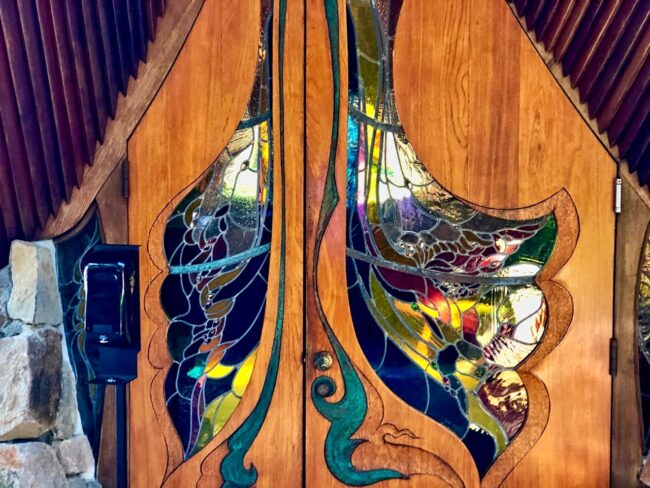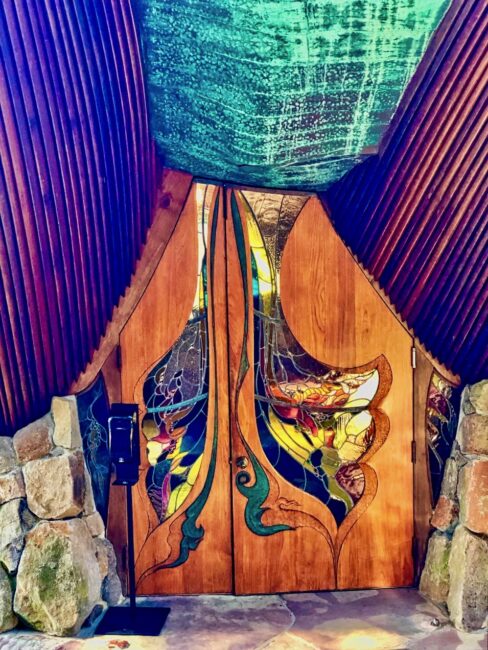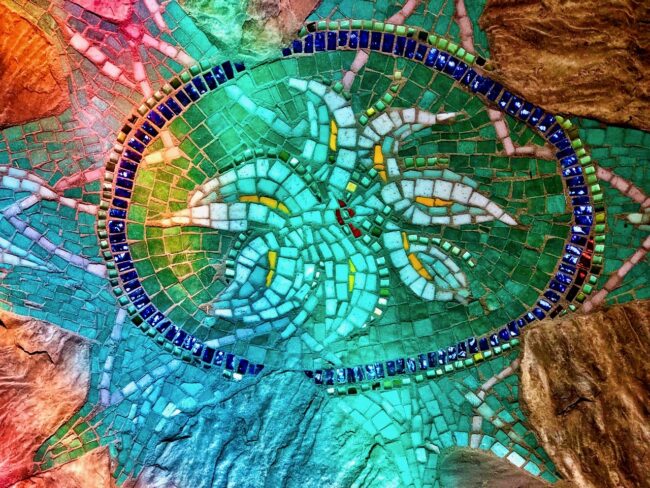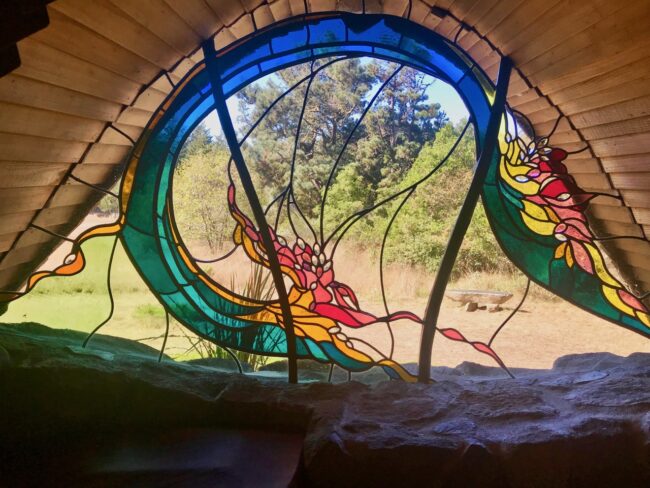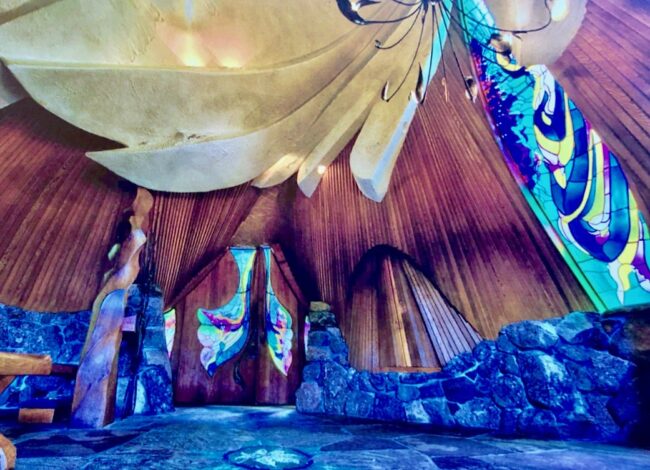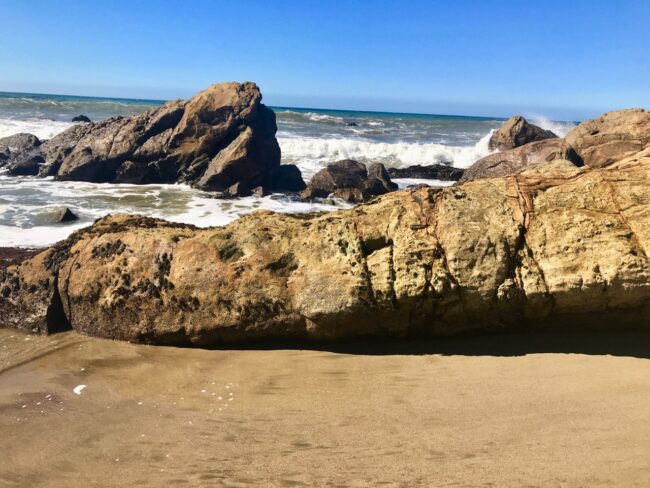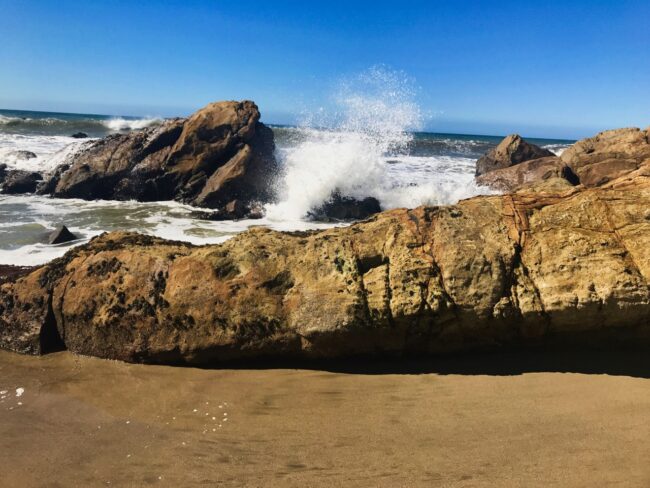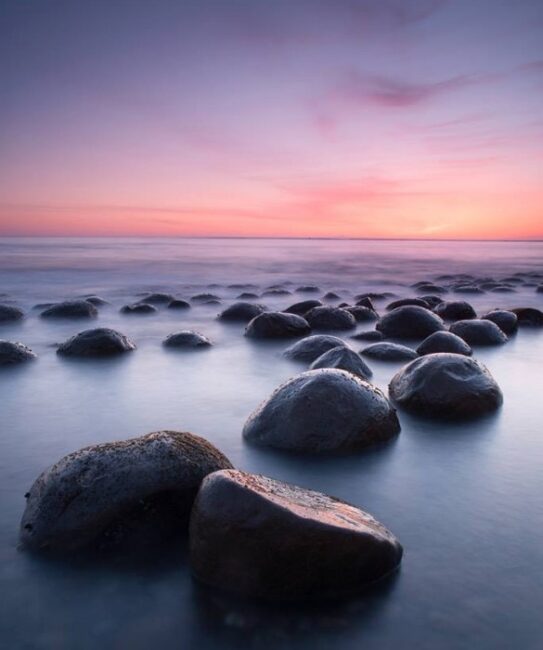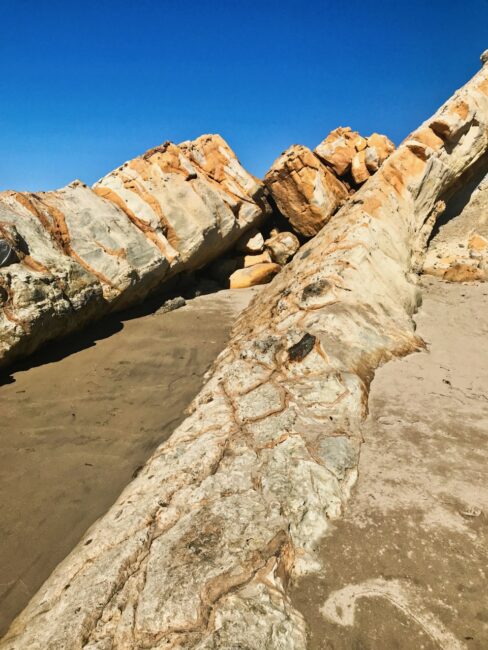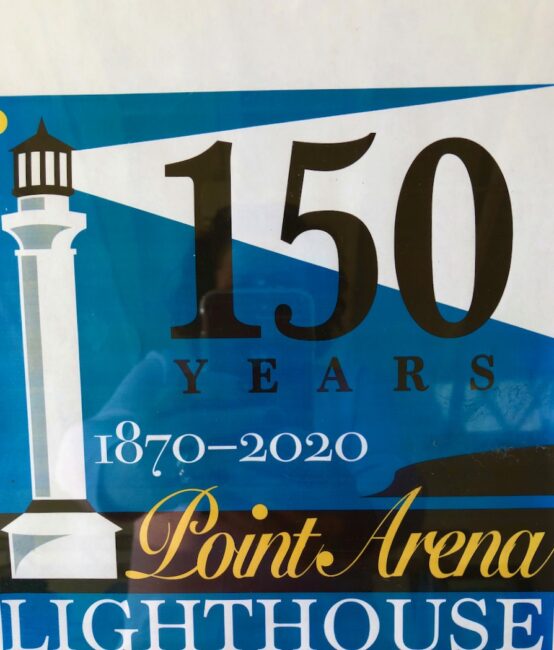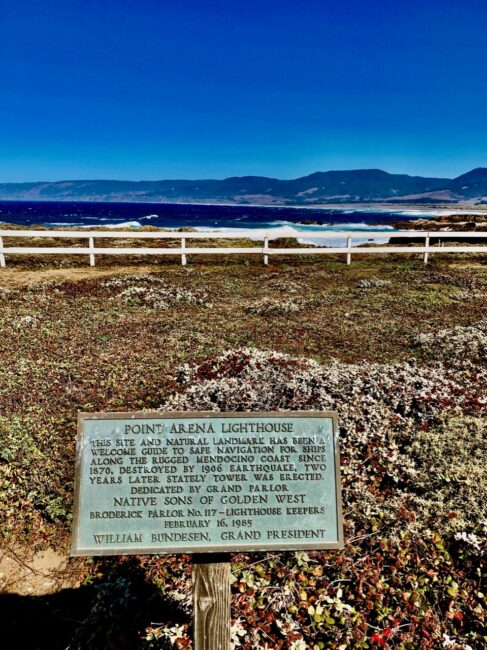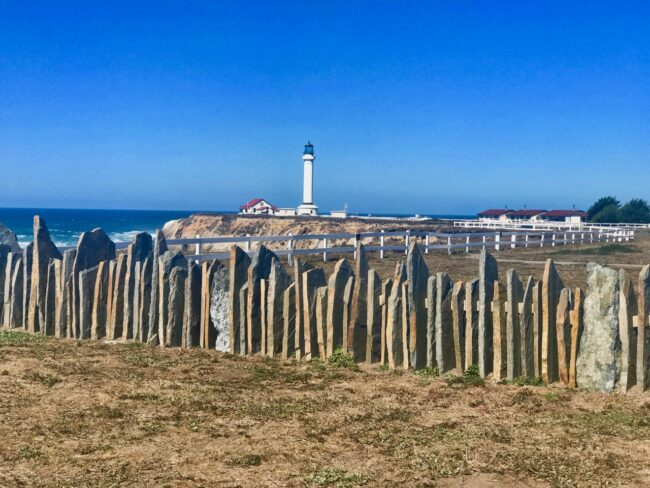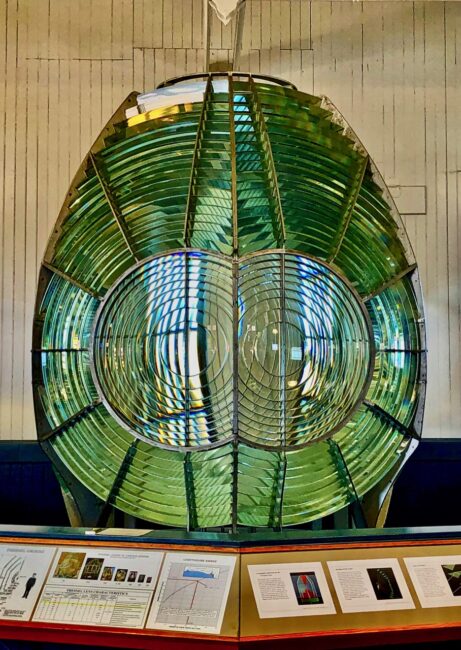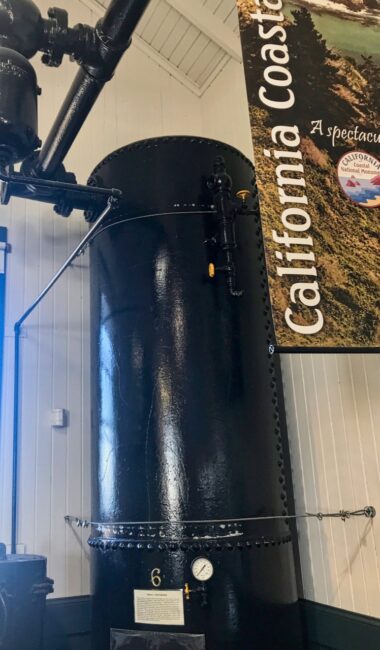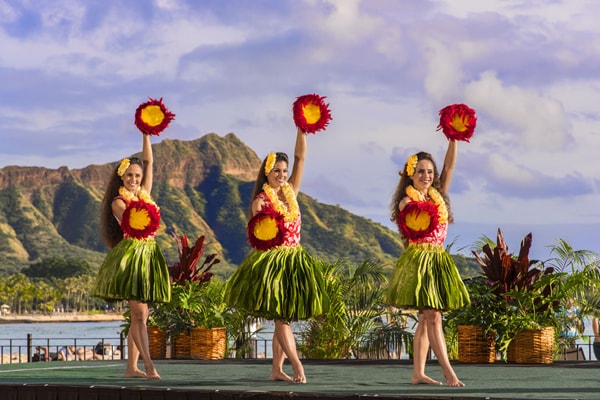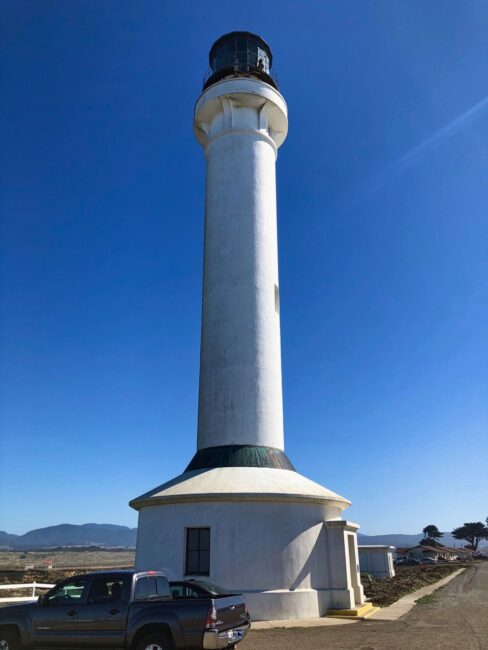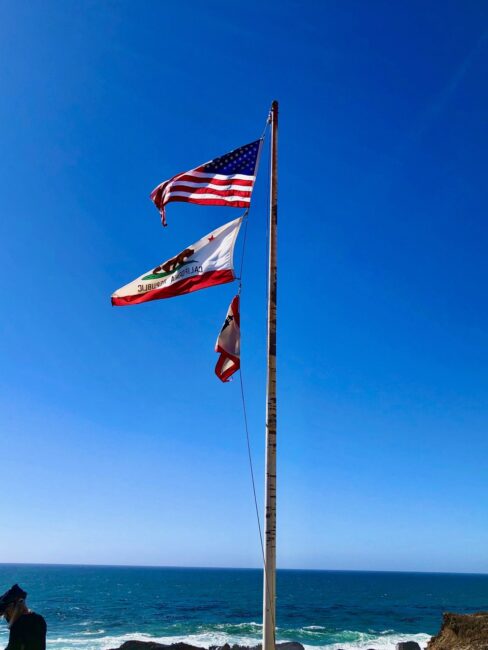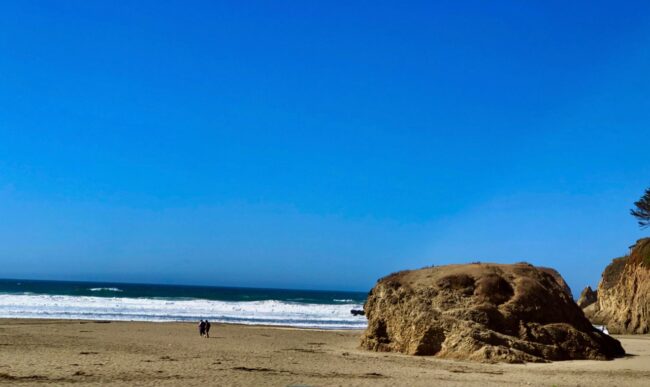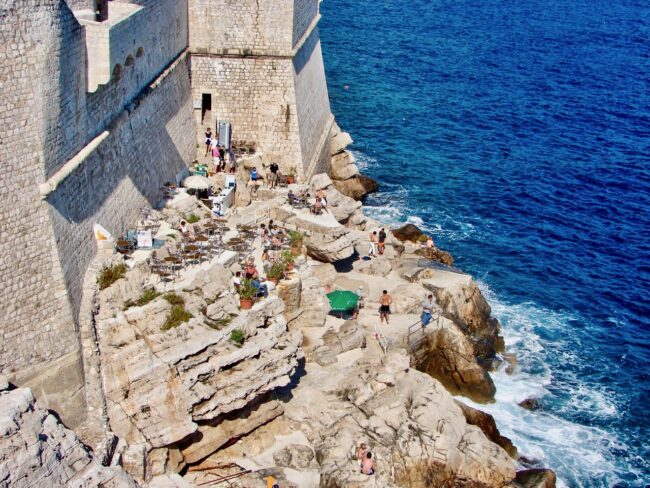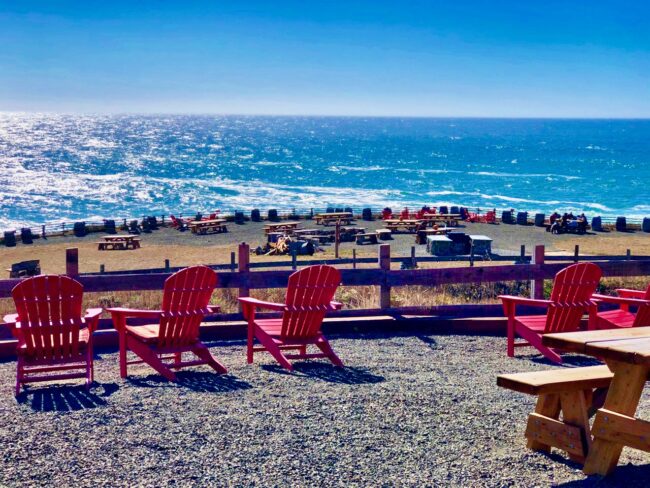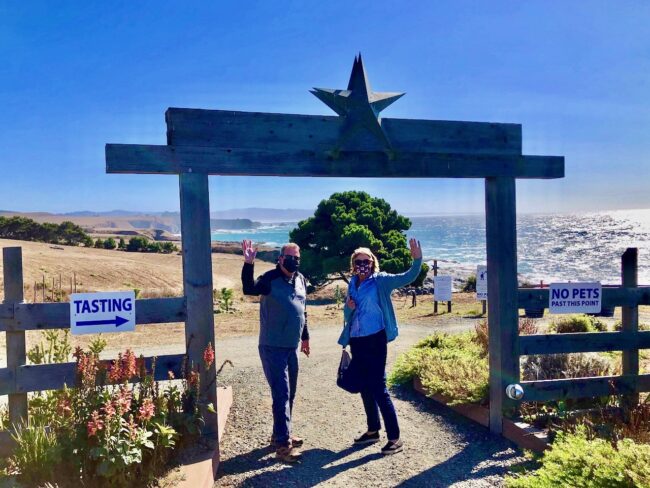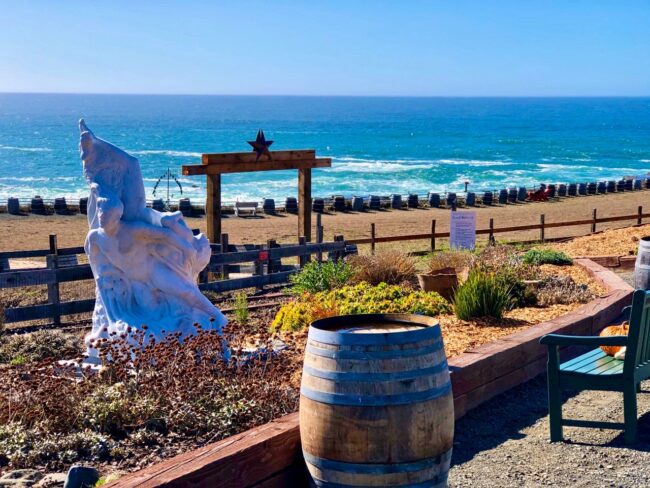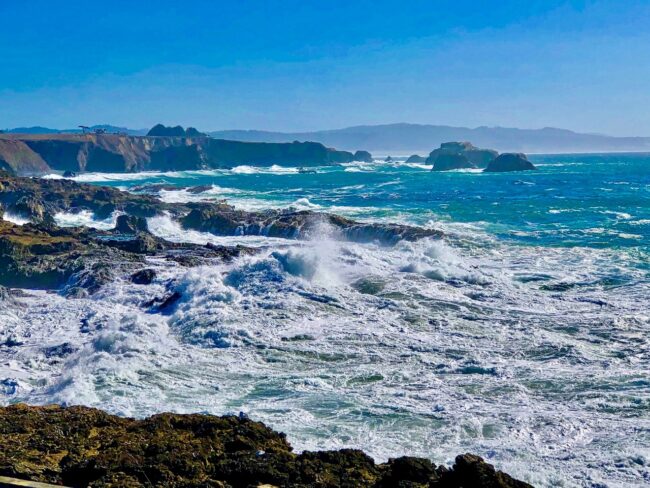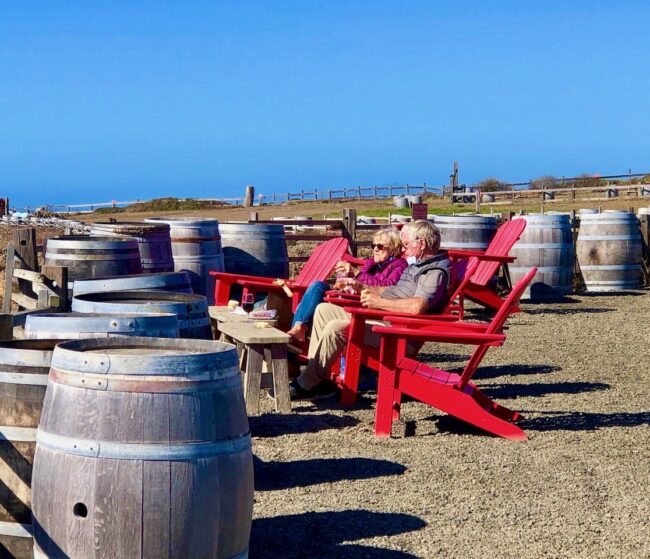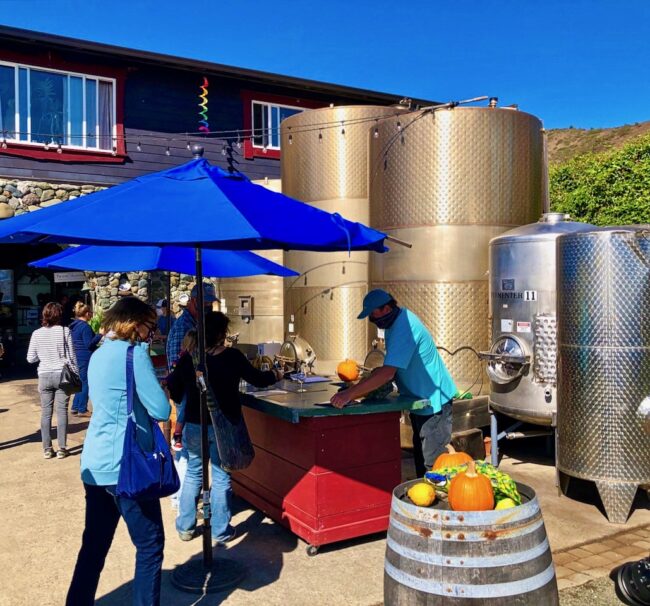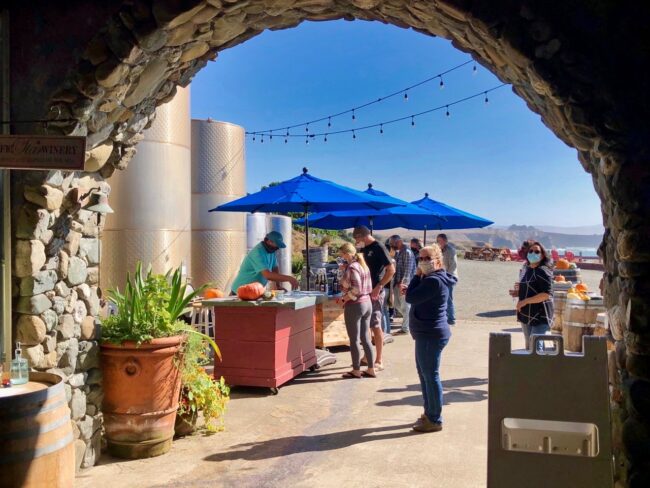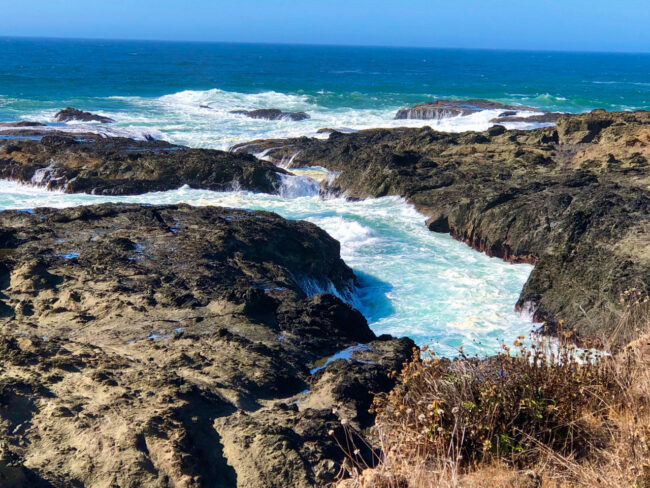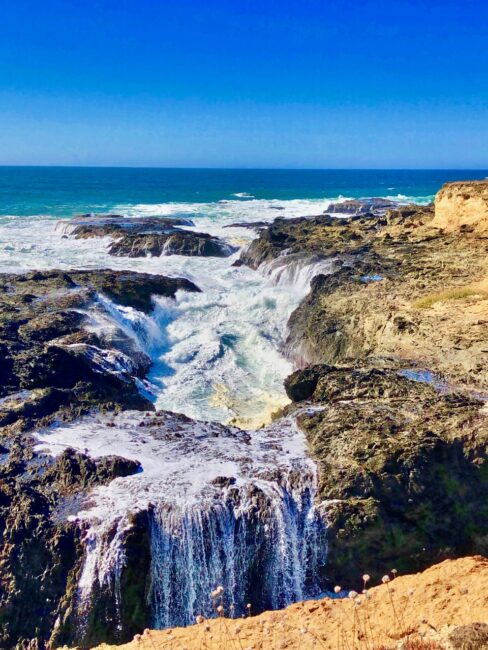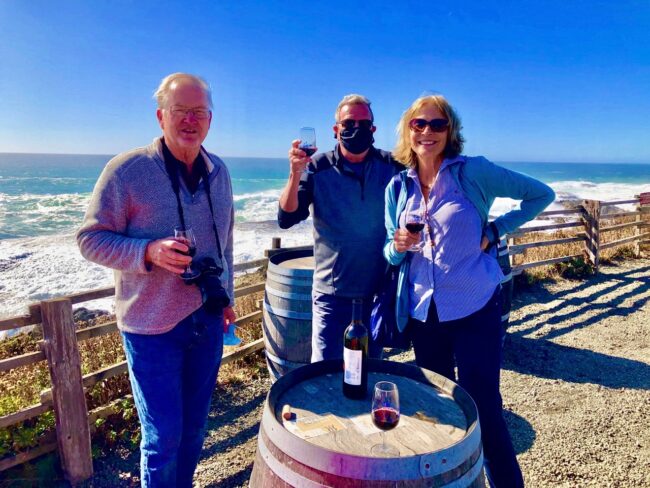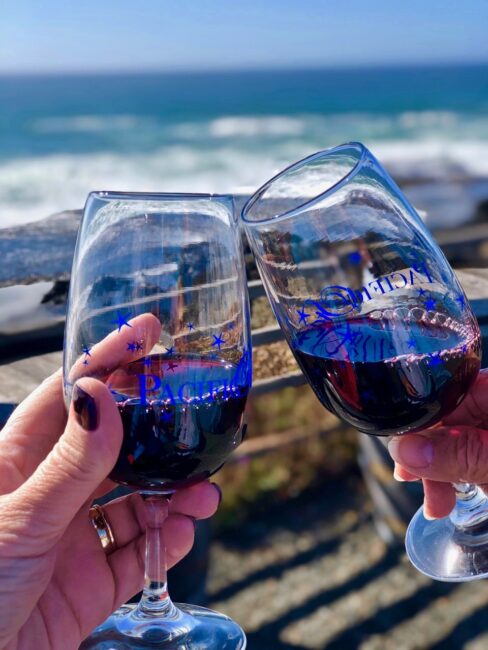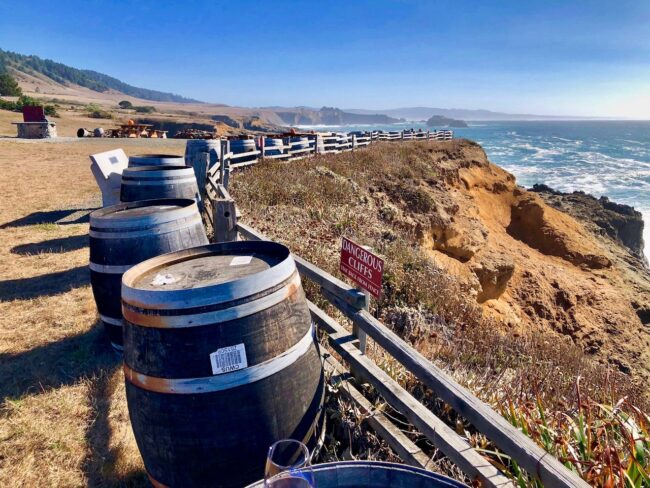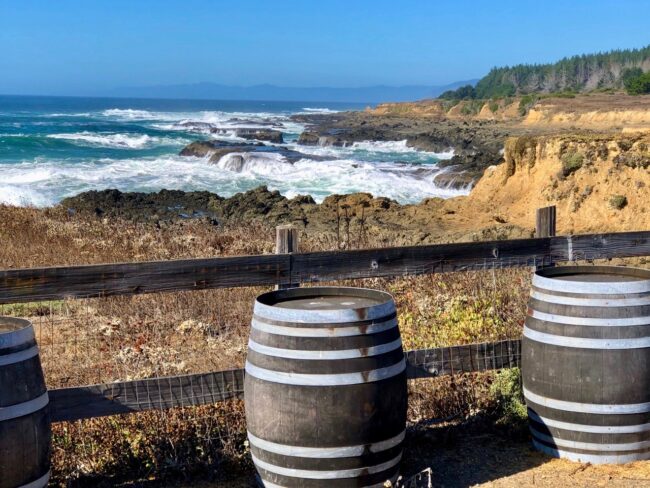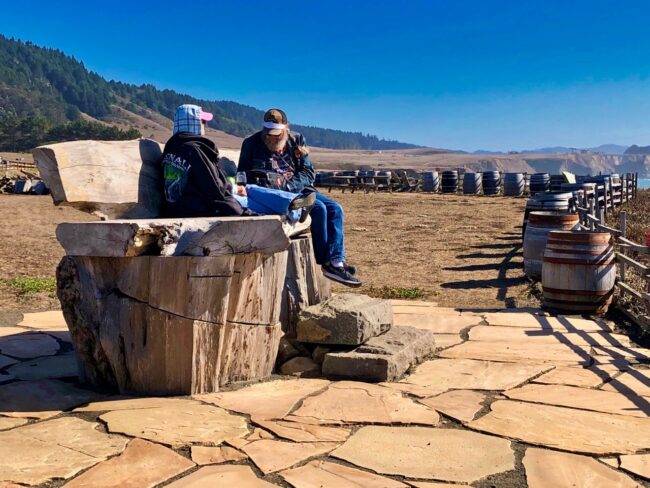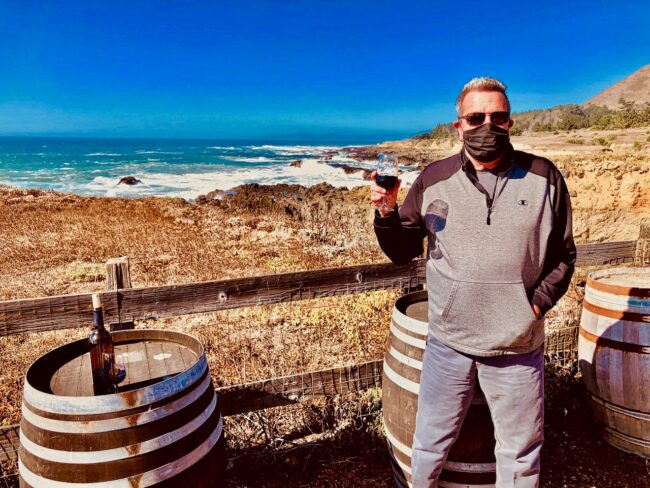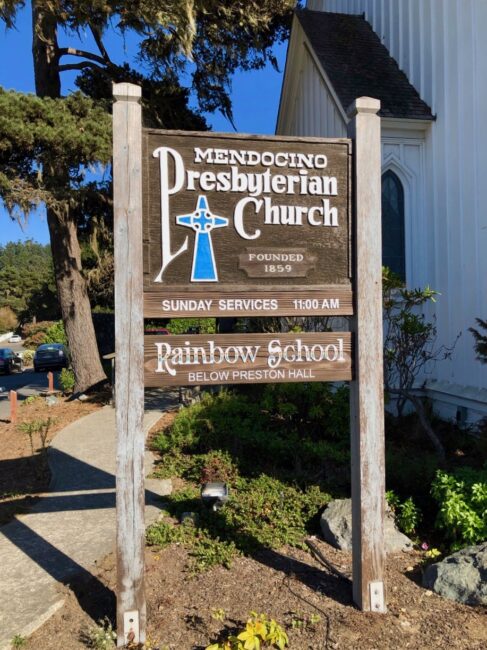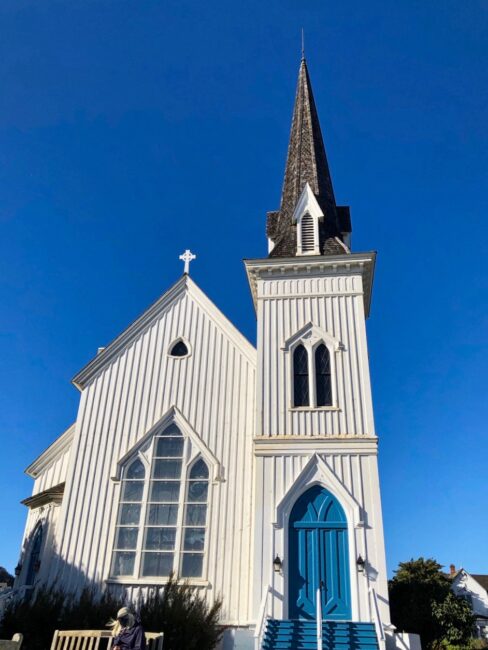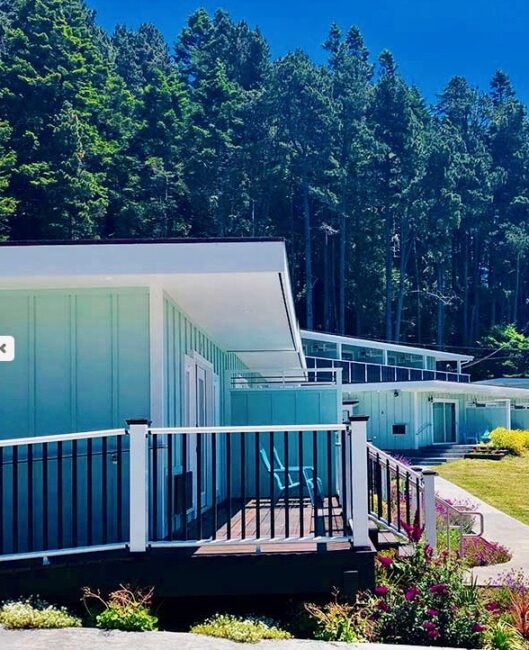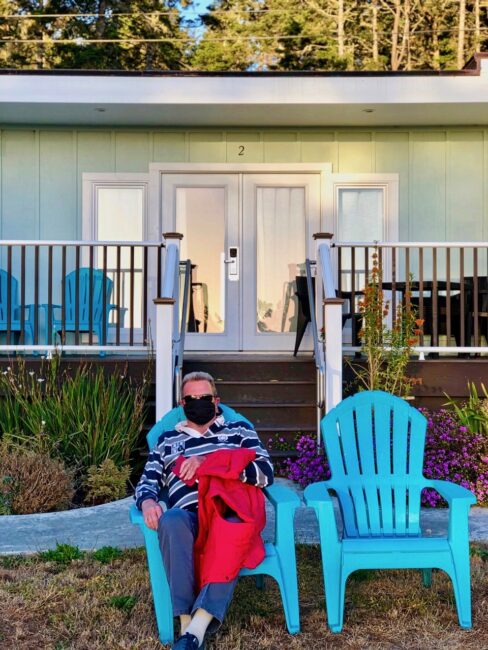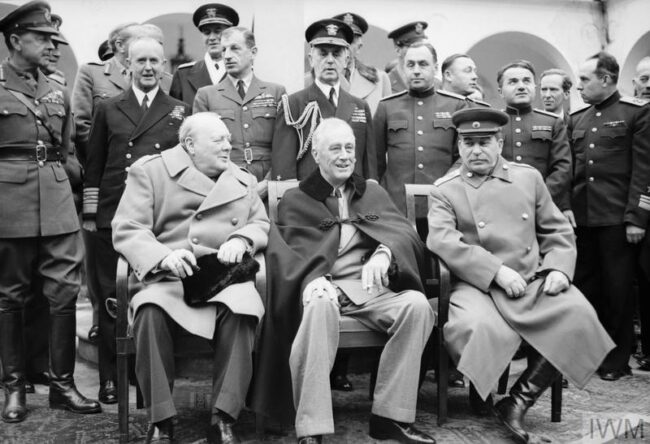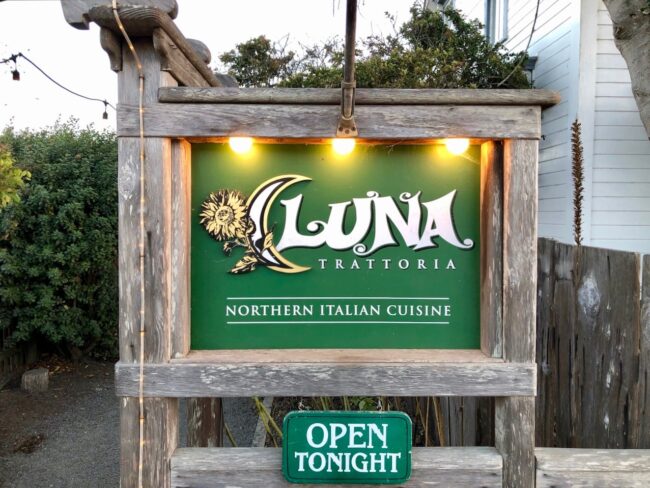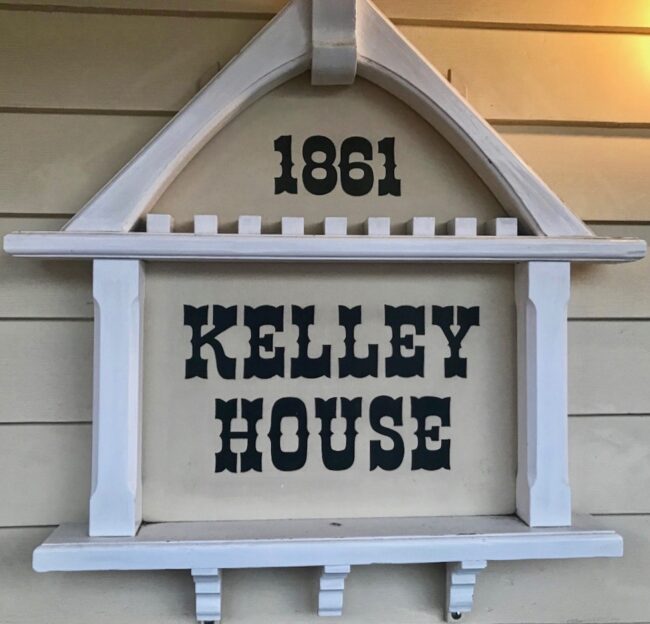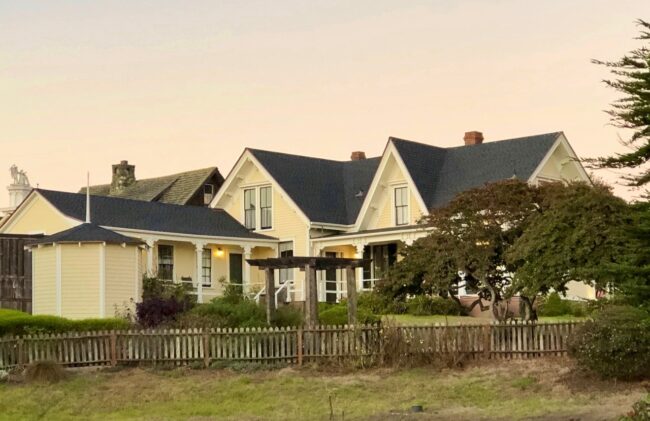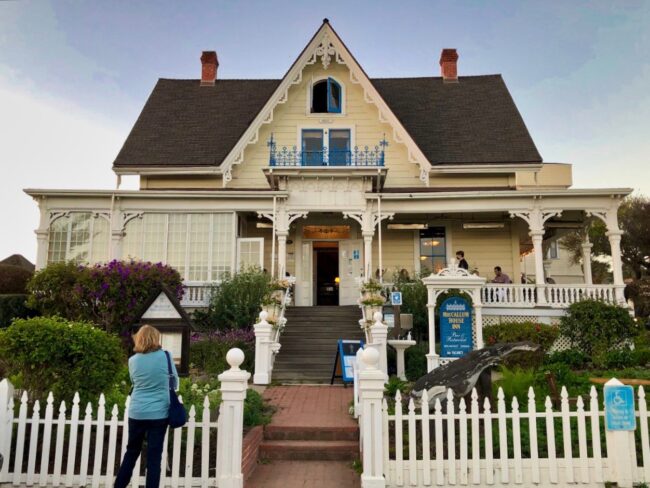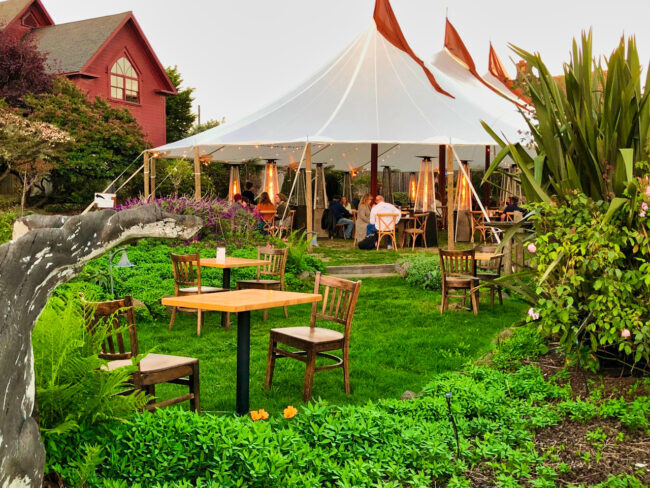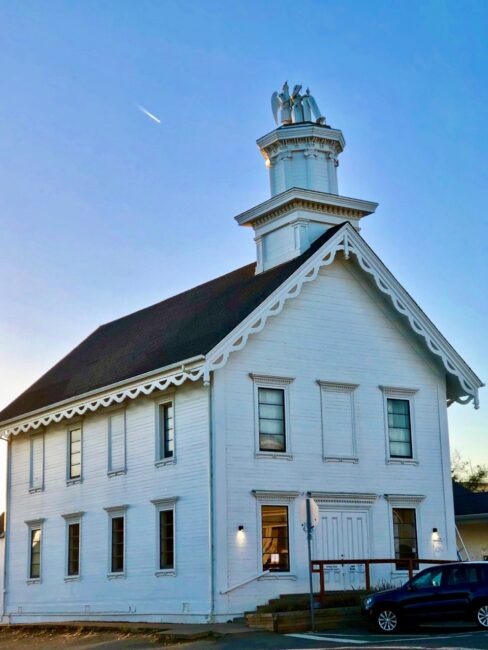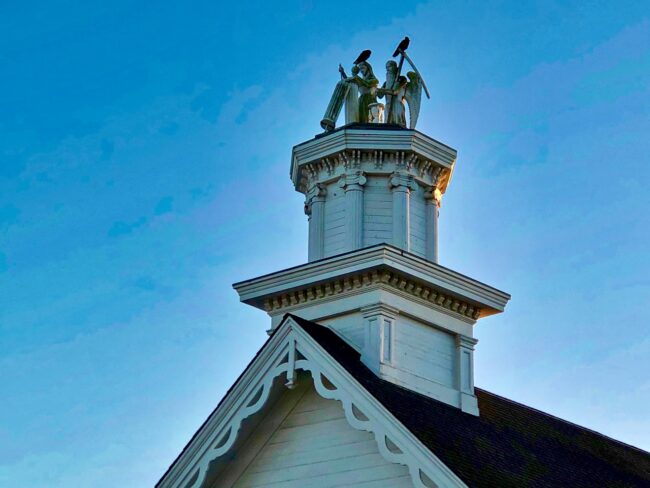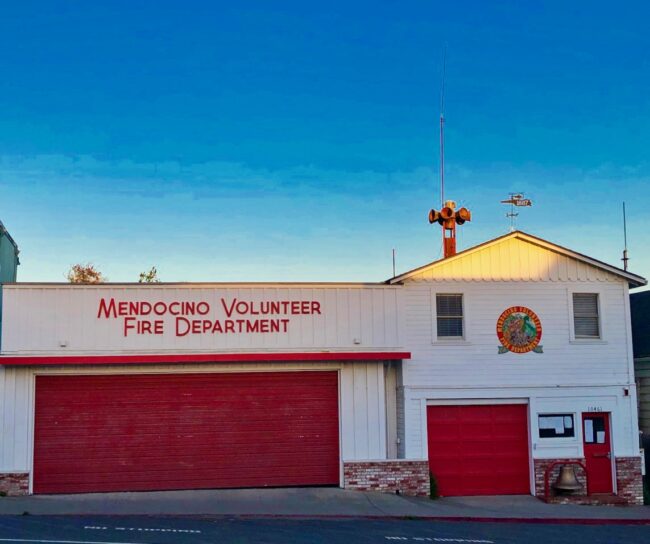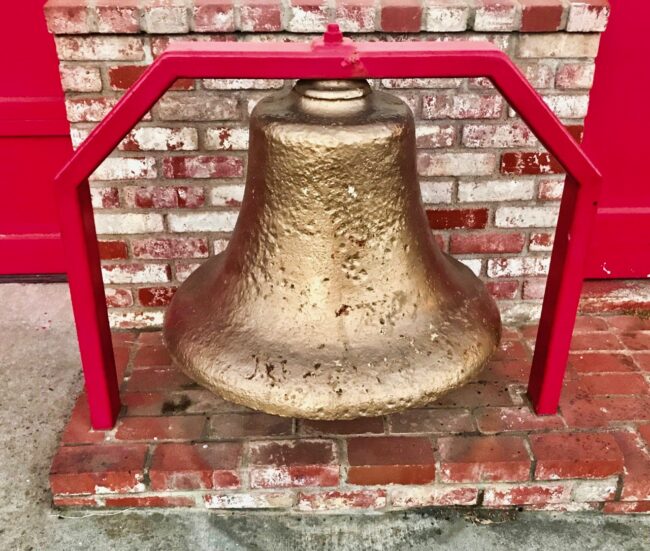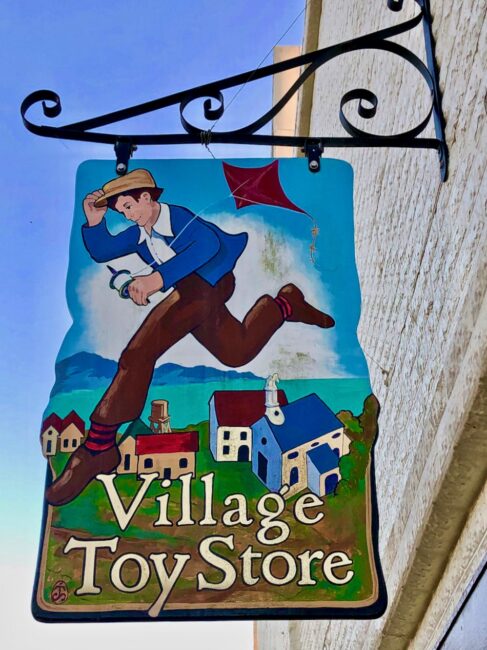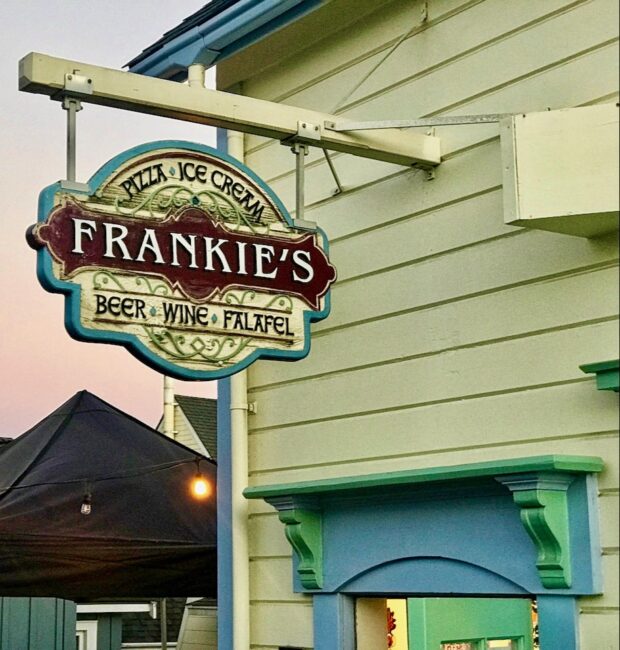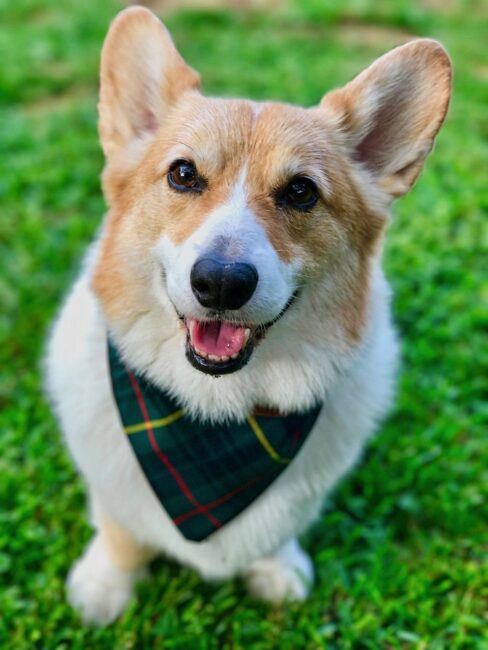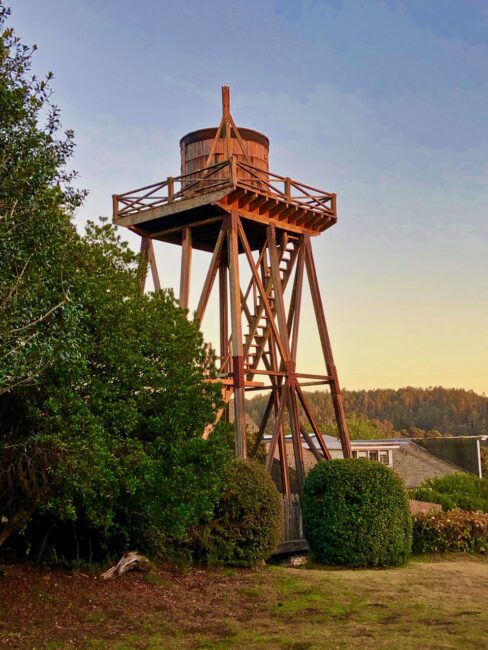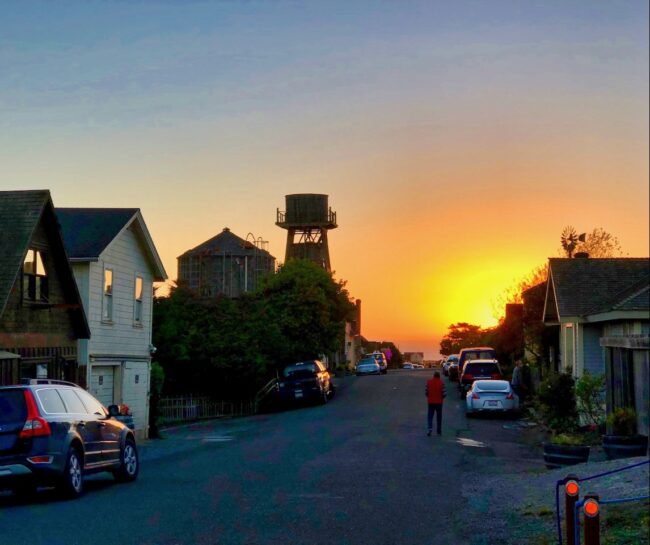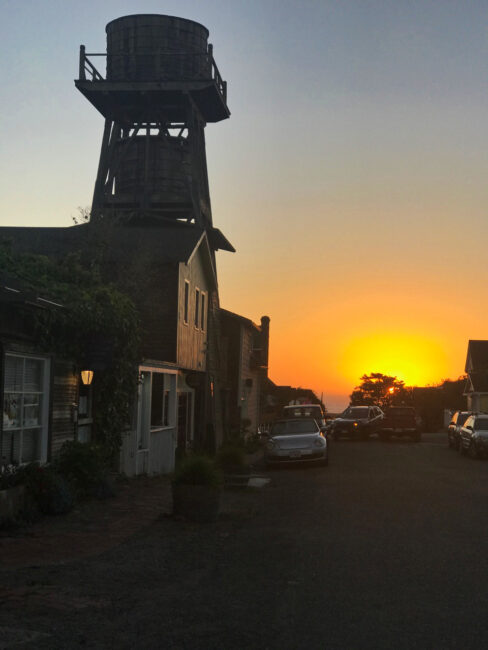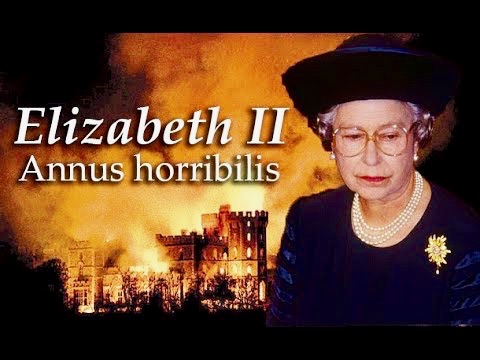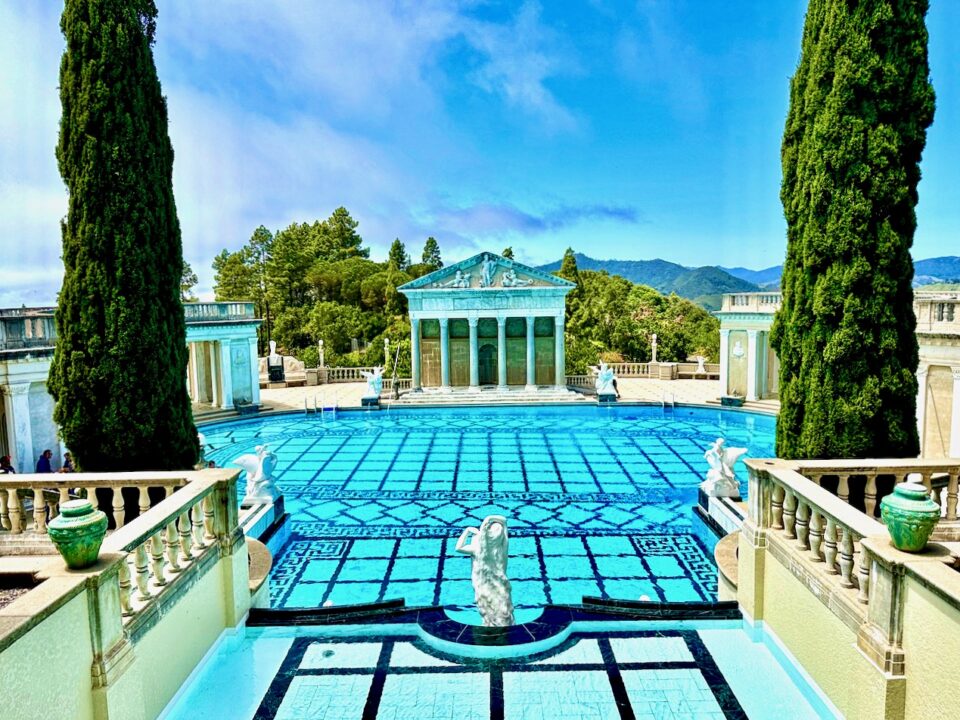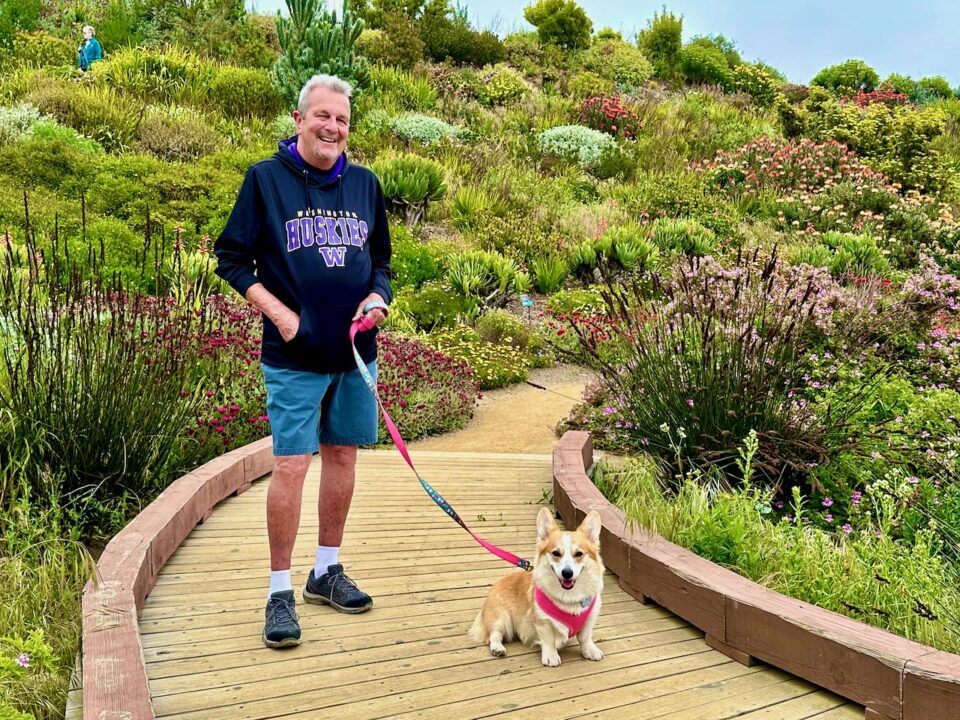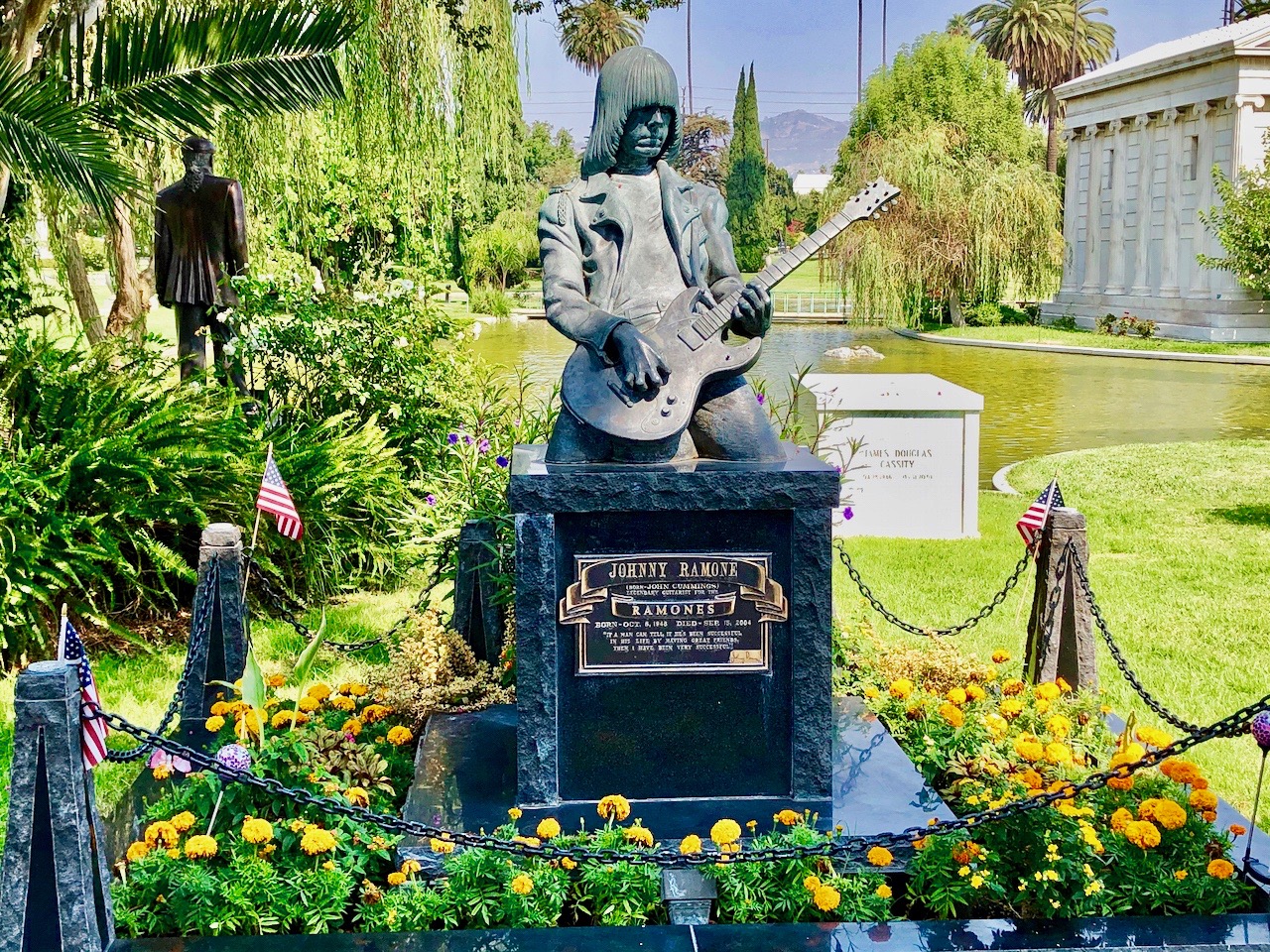
Hollywood Forever Cemetery – Hollywood
October 17, 2020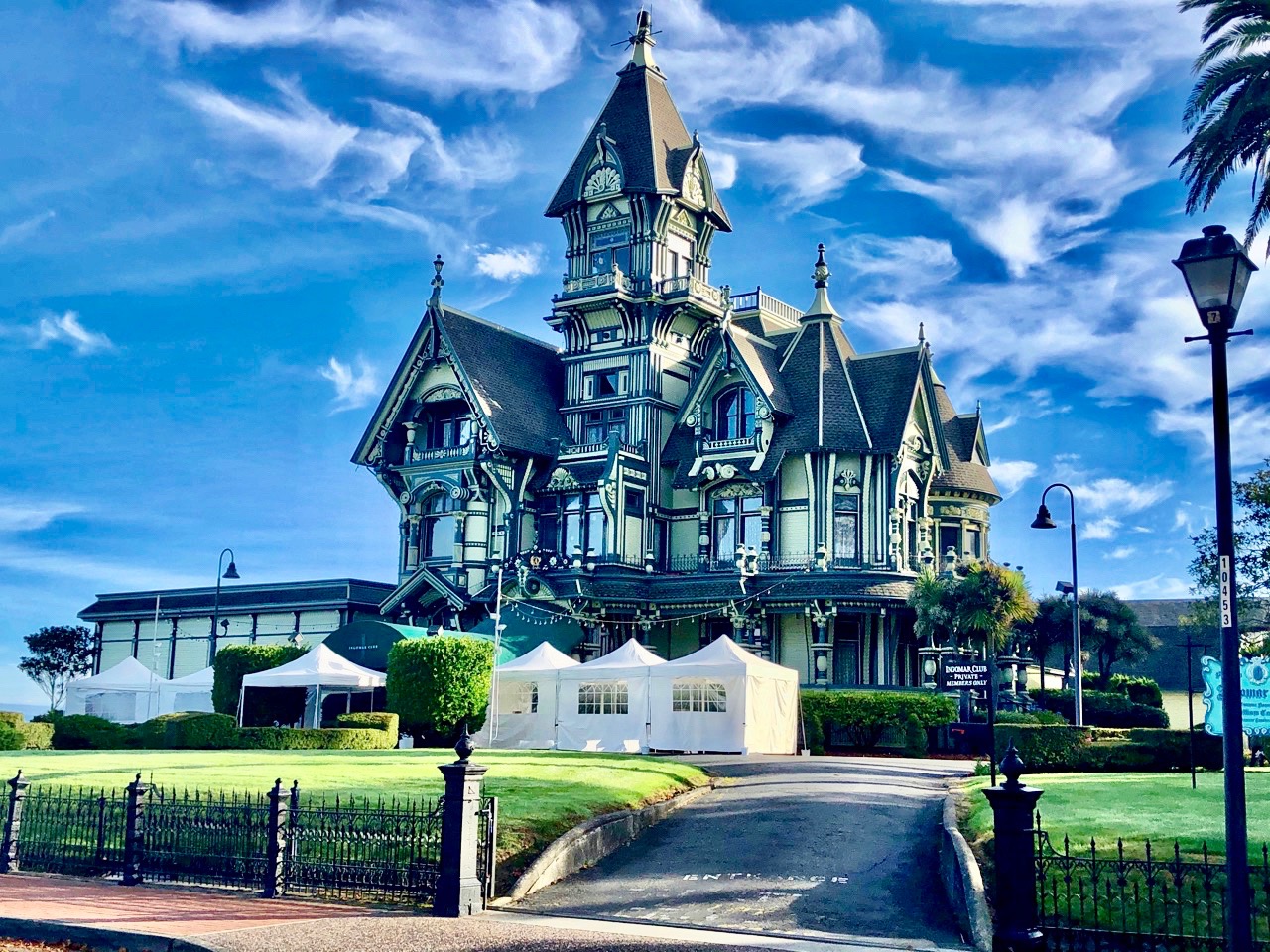
Mendocino To Eureka: Beaches, Redwoods & Mansions
November 30, 2020Our Annus Horibilis* Mini-Vacation
Northern California Coast Road Trip & A Winery For The Ages
In the year Tracy, borrowing a phrase from Queen Elizabeth, calls “Annus horribilis,” we made the decision to join our friends and longtime traveling partners Kim and Mary for a four-day vacation from Covid and visit the North Coast of California, including enjoying some relaxing time in the Redwoods and Eureka. Of course, in the era of Covid, unusual circumstances are always looming on the horizon, and although we enjoyed our time together (not as much time as we expected), our story includes a cautionary tale of traveling in these most unpredictable times. On the plus side, we also visited perhaps the most beautiful location for a winery … ever!
Day 1 – Bodega Is For The Birds, We Finally Make It To Portugal (Kinda), The Russians Are Coming! The Russians Are Coming, Warm Smell of Colitas Rising Up Through The Air, Non Conventional Church, Let’s Go Bowling, Is This The Trail?, Arena Rocks, Seeing The Light (House), Looking For Hula Dancers, Putting Kim Out To Pasture, A Star Of A Winery, Mom’s Wedding Church, A Gem Of A Hotel, Father Time (With A Scythe) and It’s A Ghost Town
We met Kim and Mary at their home in Bodega Bay to start our journey. We have stayed here many times, and have often traveled the short distance to the nearby town of Bodega. (This report will mention a few things we’ve done previously on the Sonoma Coast to give you some ideas of even more places to stop along our route.)
When someone mentions that the town of Bodega is “For the Birds,” they’re not kidding. Alfred Hitchcock’s 1963 film, The Birds, was shot in the town of Bodega (and Bodega Bay), and the 1873 Potter School (photos from internet), where panicked and screaming kids were fleeing from, still stands.
So does the nearby church. Saint Teresa of Avila Church in Bodega was constructed by shipbuilders in 1860. Little did they know that 103 years later it would be seen by millions of terrified people hoping a bunch of youngsters weren’t going to be pecked to death.
Mai Tai Tom Fun Fact: St. Teresa’s is also famous for being photographed by Ansel Adams (below).
The only place to stop for a beer in Bodega is the Casino Bar & Grill. The last time we stopped here they were serving some of my old favorites.
As we headed north on the coast (as beautiful as always) …
… on this trip we passed by a spot where I almost got stuck when I visited shortly before my knee replacement in late 2019. We did some hiking on trails in Bodega Bay. On the trail below, I started walking down giant steps heading toward the beach. I then had the terrifying thought, “What goes down must come up.” My knees were toast at this point, so thanks to some needed assistance, “Frankenstein” made it back up.
This is a wonderful spot to get beautiful views, and the level trail worked much better on that trip.
Back to our drive up the coast, we witnessed a few brave souls testing the waters at Salmon Creek Beach. I thought about belting out a few bars of Salmon Chanted Evening, but we had only been on the road for a few minutes, so I deferred.
Shortly afterward, I shouted, “Kim! Stop!” We were all supposed to be enjoying three weeks in Portugal about this time. With that trip canceled, I was glad to see the signpost up ahead (No Rod Serling, however). We were at Portuguese Beach in Sonoma State Park. I only wish we had brought a bottle of Port.
The scenery never stops being picturesque on this drive.
Soon we were in the tiny town of Jenner. I love the views from here, but we didn’t have time to chat with Caitlyn.
Jenner also offers travelers a great restaurant (River’s End Restaurant & Inn) with good food. As you can see from the photo from its website, the view ain’t too bad either.
In a little less than half an hour, you’ll see a sign for Fort Ross, an interesting spot we stopped at some years ago, In 1809 the Russian-American Company’s manager, Ivan Kuskov, sailed to Bodega Bay. It was the most southerly outpost of the old Russian Empire in (what is now) the United States. For six months, he and 40 Russians, plus 150 Alaskans trapped more than 2,000 sea otters before returning with their pelts to Alaska. In 1812 he returned to the area and started the settlement known as Fort Ross. There is no documentation that the Russians meddled in the 1812 James Madison – DeWitt Clinton presidential race, but I believe I read somewhere that Rudy Giuliani was DeWitt Clinton’s campaign advisor.
I’m not sure, but this might have been Pachelbel’s Canon.
We also passed by the Kruse Rhododendron State Natural reserve, where we had previously hiked. However, nary a blooming rhododendron could be found on that visit, so no pictures.
In another 20 minutes, off to our right, stood a church we had been looking for on this drive (yes, even on these mini-trips we manage a church or three). As we exited the car, the smell of colitas rose through the air, but there was no hotel around. Some kids were playing guitar and smoking something with a familiar aroma in the parking lot. By the time we reached the church, I was already hungry for a Jack-In-The Box taco.
The Sea Ranch Chapel is not reminiscent of any church we’ve seen. We all walked slowly, but perhaps that’s because the roof form “was inspired by the shell of a sea snail.” It’s probably why I felt sluggish (I know, I promised never to use that line again).
The non-denominational church was constructed in 1985 by a team of local artisans and contractors using local copper and redwood.
The colorful door beckoned us inside.
The artist and architect, James Hubbell designed the interior of the church to “reflect the natural world as it integrates art, craft and architecture.” The stained glass windows feature a dazzling array of colors.
The interior is so beguiling that I thought I might have inhaled a little more smoke than I thought from my friends we had passed by on the way to the church.
Taking its cue from Fiddler on the Roof, the church is open from Sunrise to Sunset
Now, it was time to go bowling. In actuality, we were attempting to find Bowling Ball Beach, a spot we surmised would be right down our alley. However, finding it proved to be as hard as converting a 7 – 10 split.
Finally we spied a sign for Schooner Gulch State Beach, however there was little information about Bowling Ball Beach. In any event, we made the ten-minute trek down to the beach, but there were no bowling balls. It was high tide …
… and these bad boys are best seen during low tide (see photo below from my pal the internet)
According to Atlas Obscura, “The so-called bowling balls are actually a geological phenomenon known as ‘concretion,’ sedimentary rock formed by a natural process wherein mineral cements bind grains of sand or stone into larger formations. These boulders are the result of millions of years of concretion and erosion, exposing the hard spheres as the mudstone of the cliffs receded around them.”
We took the obligatory “waves crashing behind us” photo on the Point Arena rocks, and we decided to split from Bowling Ball Beach, if that even was Bowling Ball Beach. At least I didn’t have to pay to rent shoes. My new knee was working well, so maybe I’ll get the other one done. Always nice to have a spare.
In another 15 minutes we veered off Highway 1 (safely, of course) and traversed the short distance to the 115-foot tall Point Arena Lighthouse, which celebrated its 150th year of operation in 2020.
Surrounded on three sides by the mighty Pacific, it is the tallest lighthouse on the west coast, but sadly, thanks to Covid, you can’t climb the tower.
You can (and we did) visit the Point Arena Lighthouse Museum. We were greeted by a replica of the Fresnel Lens, sometimes called, ‘the invention that saved a million ships.” Ships (and its crews) can thank French physicist and engineer Augustin-Jean Fresnel, who is credited with its development. His wikipedia page is longer than any book I read in college (or since), and he only lived to be 39-years-old. An extraordinary man.
The Fresnel Lens was a much better option than the one they had in the old days, as depicted by Gary Larson in The Far Side.
We stopped by the Foghorn to check out stories of ships that were saved by these lighthouses. I could not find Leghorn, however That’s a joke, son!
Had we been able to go to the top, I might have gotten the chance to witness a luau. According to its website, Point Arena Lighthouse is the closest piece of land in the 48 contiguous states to the Hawaiian Islands. I probably would have needed binoculars.
Nature called for one of our traveling companions, and in the age of Covid, finding a restroom can, on occasion, be a challenge. However, we were in luck. Outside the entrance to the parking lot there was a porta potty located in a cow pasture. For some odd reason Kim climbed over the gate to get in, while everyone else used the conventional latch. Point Arena is a fun diversion as you head up the coast.
Northward we continued to travel. Tracy hung her head out the window a couple of times to snap photos, narrowly averting being beheaded by cars traveling southward.
We passed by our accommodations a little south of Mendocino, because we were on our way to a winery a few miles north of Fort Bragg. Our friend, Tim, had recently been to this area, and he suggested we make a stop at the Pacific Star Winery. He said the location reminded him of visiting Plitvice Lakes National Park in Croatia (one of our favorite spots in the world). We had visited in 2008. I scoffed, but after spending an hour at Pacific Star, it reminded me of our multiple visits to the Buza Bar in Dubrovnik (left photo). Wow, Pacific Star (right) brought back the memories.
Walking from the parking lot we passed under the star topped arch and were transported to another place.
An open space with picnic tables and Adirondack chairs complete with a magnificent view of the Pacific Ocean, its waves crashing against the sea caves below.
There is a redwood and stone barn, with a wine cellar containing French, Hungarian and American wines. We could have participated in a wine tasting, but our friend had recommended we buy a bottle, plop down at a picnic table and luxuriate in nature in all its glory, all the while sipping a nice Grenache. That’s pretty much our life MO.
In between sips, we walked around the spacious grounds shooting photos and remarking what a captivating spot this winery stands upon.
We spent the better part of an hour here, chatting with a few of the guests, and for a moment the “annus horribilis” was far from our minds.
This sign reminded me of the frightening book I read as a kid … Cliff Tragedy by Eilean Dover.
The winery even had high chairs for some of its patrons.
I toast you Pacific Star Winery!!!
We headed back toward the Sea Foam Lodge in Little River, where we would stay for the evening, but took a slight detour into the town of Mendocino along the way. Tracy wanted to check out the Mendocino Presbyterian Church, where her mom and step-father, Mr. C, were married in 1984. (Check out some of Mr. C’s recipes in Mai Tai Tracy’s Kitchen.)
The church, constructed of coast redwood in the late 1860s, is listed on the National Register of Historic Places. Parts of the 1947 movie Johnny Belinda starring Jane Wyman and Lew Ayres were filmed at the church. Unfortunately, it wasn’t open to check out the interior.
Entering the winding road up to the Sea Foam Lodge, we looked at the sprawling, 21-room hotel that has been recently renovated. (photo courtesy of Sea Foam Lodge)
Looking back the other way, there are also great views of the ocean, which you will see in the next post. The large remodeled rooms were terrific, and we had a Five-Star view at very reasonable prices. Most importantly, the beds were super comfy, the rooms quiet and clean and the showers hot and steamy. I would definitely stay here again. (If you travel with your four-legged friends, it is also pet friendly.)
We relaxed on the patio for our second happy hour (our driver Kim was abstaining), and enjoyed some wine and cheese (the four of us always come prepared) while enjoying the fresh ocean breezes, far away from the fires that had scorched not only the earth, but our lungs the past few months. Below, it looks like I’m waiting for Churchill and Stalin in Yalta.
A little after 6 p.m., Kim drove us the short distance into Mendocino. We wanted to explore the town before our 7 p.m. dinner reservations. Tracy and Mary checked out our restaurant patio and confirmed our reservation.
Sadly, as we walked through it, Mendocino almost felt like a ghost town. It may have been because it was a Sunday night, but there were virtually no people wandering around and it looked like everything was either closed or out of business. The effects of the virus were evident.
We strolled through town and passed by a museum (Kelly House) I had wanted to visit, but, of course, it had been temporarily closed. The museum details the history of the Mendocino coast.
There was also a B&B with an inviting outdoor dining space where we finally saw some people.
We came upon a bank building with an interesting sculpture on top of it. It seems the Savings Bank of Mendocino used to be the local Masonic Lodge, and the statue above it is the Time and the Maiden Statue. According to RoadsideAmerica, “Yes, it’s Father Time, that old dude who shows up every year in late December, with an hourglass and a mean-looking scythe over his shoulder.” The masons still have a room upstairs where they meet.
It goes on to say, “According to a flyer provided by the Savings Bank, the figures and the items are Father Time, the Hourglass of Transience, the Weeping Maiden, the Anointment of her Hair, the Acacia Branch and the Sacred Urn, the Sundered Column, and the Book of Light.” What does it mean? Only a Mason can tell you, and the bank is not located on Della Street.
We strolled past the Mendocino Volunteer Fire Department. For some reason, the building rang a bell to me.
We toyed around and attempted to enter this store, but ended up being the village idiots when we realized it was closed.
Tracy and I didn’t even know one of our corgis, Frankie, was an entrepreneur, although he does like an occasional lager with his pizza.
We walked for a little while more …
… but the sun was setting, and it was nearing 7 p.m. …
… so we scampered back to Luna Trattoria. Our dinner was so good, it will be a separate post in Tom’s Dining Out. (see Luna Trattoria)
Tomorrow, we would head north to Eureka. We’d stop at a beach full of glass, nearly get killed by a wayward deer, drive through a tree, take a hike in the Avenue of the Giants, finally get to the home of several Victorian Mansions, stay in a historic hotel and once again dine at a great restaurant. It wouldn’t be too long after that the vacation plans would suddenly be altered.
* Queen Elizabeth II once referred to 1992 as an “annus horribilis,” a Latin phrase meaning “horrible year.” “1992 is not a year on which I shall look back with undiluted pleasure,” she said during a speech marking the 40th anniversary of her succession. It was a year that three royal marriages collapsed, a fire destroyed more than a hundred rooms in Windsor Castle and a toe-sucking scandal involving Sarah Ferguson, Duchess of York, rocked Britain and the monarchy.
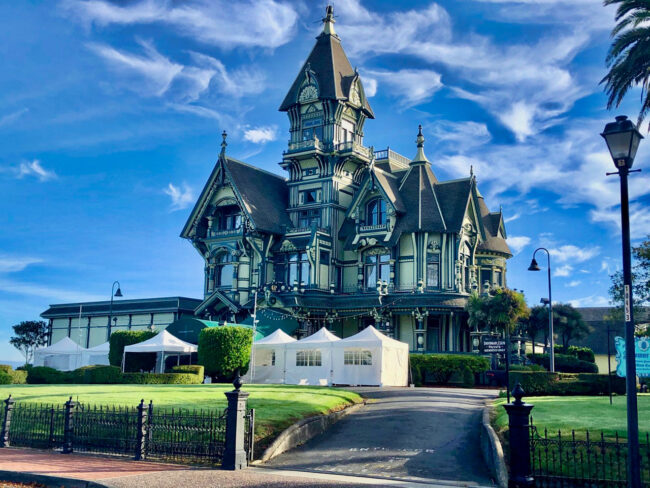 NORTHERN CALIFORNIA COAST TO AVENUE OF THE GIANTS TO EUREKA
NORTHERN CALIFORNIA COAST TO AVENUE OF THE GIANTS TO EUREKA
Day Two: Don’t Step On The Glass, Motorcycle Down, Oh … DEER!, Watch Out For That Tree, What Info?, Land Of The Giants, Confusion Reigns, Picnicking With A Mass Murderer, Signs Signs Everywhere Are Not Signs, Happy Rockefeller Hike, Eureka We Found It, Historical Carter House, Stormy Stormy Night and Car Surfing Gone Wrong
A TRIP INTERRUPTED
Days Three & Four: Traveling With Jimmy Stewart, The Most Expensive Rental Car Ever, Beautiful Mansions, Ghost Town … Part Two, Watch Out For That Tree Part Two, October’s The Time, Not That Rental Office, Too Old for A Nine-Hour Drive, Kim Conks Out & I Hate Interstate 5!

